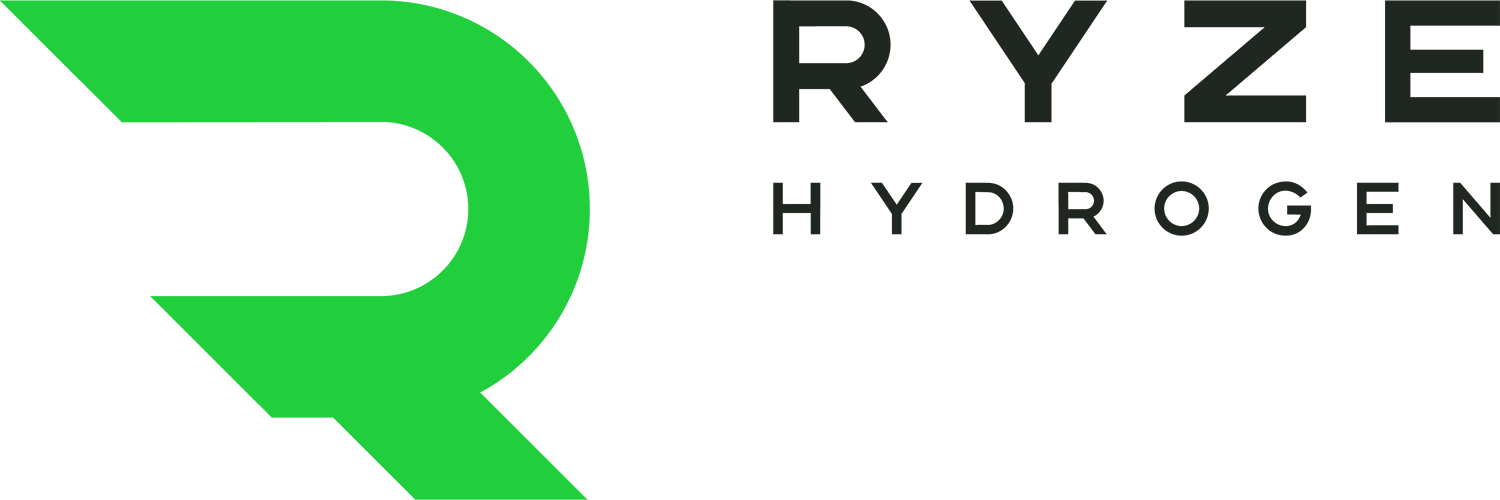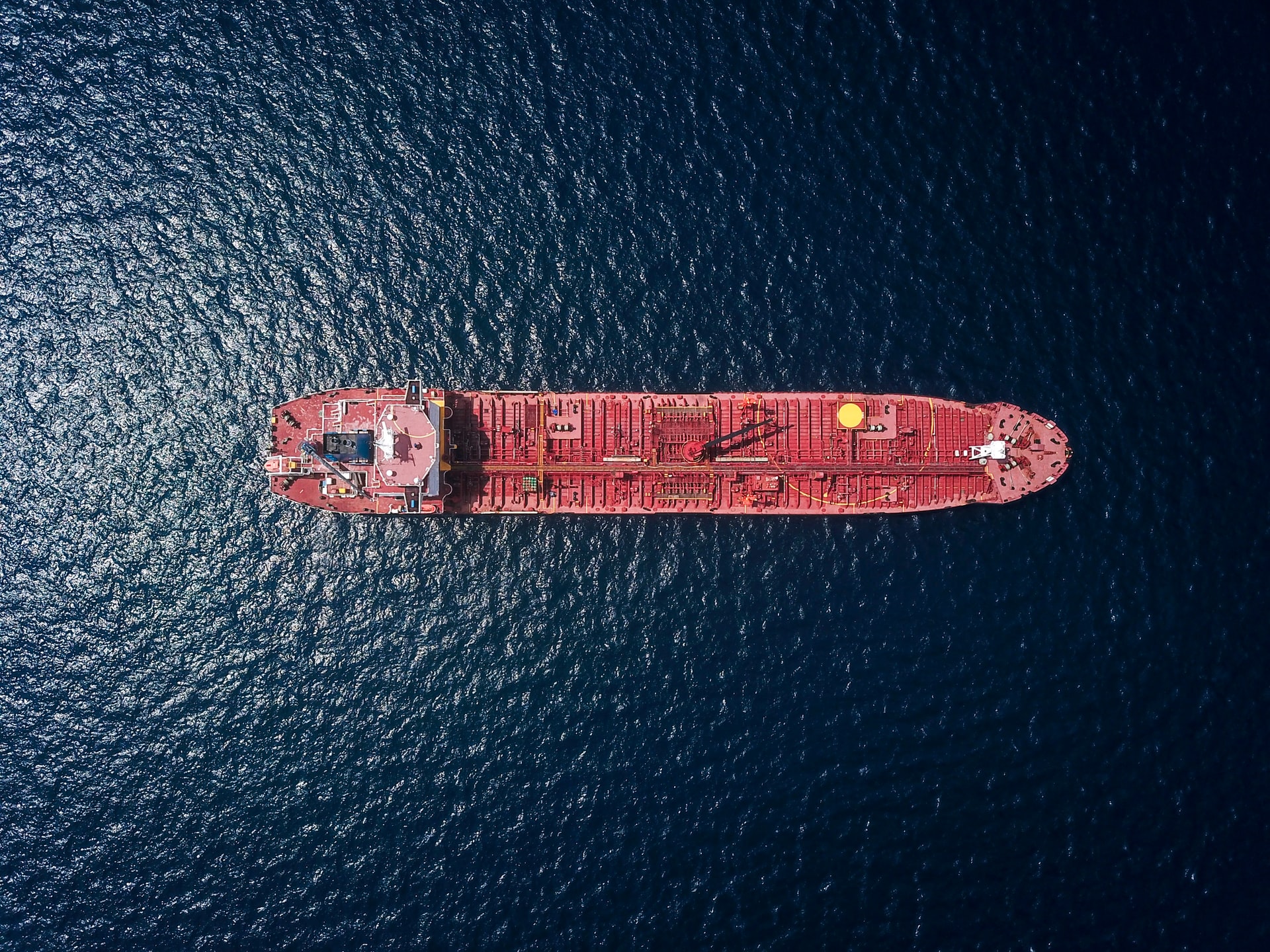With transport responsible for one fifth of global CO2 emissions the race is on from all industries within the sector to clean up their acts.
A decarbonised shipping industry moved a step closer recently, with the announcement by Yanmar Power Technology (YPT) that a new refuelling technique triples cruising time.
Using hydrogen pressurised to 70Mpa, a demonstration test boat equipped with a hydrogen fuel cell system was filled up before cruising around the island of the Osaka-Kansai World Exposition 2025 (which is still being developed ahead of the event), along with some famous tourist spots on the coast.
The refuelling test, carried out in conjunction with Toyota Tsusho Corporation, involved a specially-licensed high-pressure facility and a newly-developed hydrogen refuelling hose long enough to reach from shore to ship.
And, says the company, the 70MPa high-pressure refuelling resulted in a cruising time that was more than three times longer than with the previous process.
The results will be used to direct further research, with the aim of scaling up the system for a new 300kW-class maritime fuel cell system incorporating MIRAI fuel cell modules from Toyota.
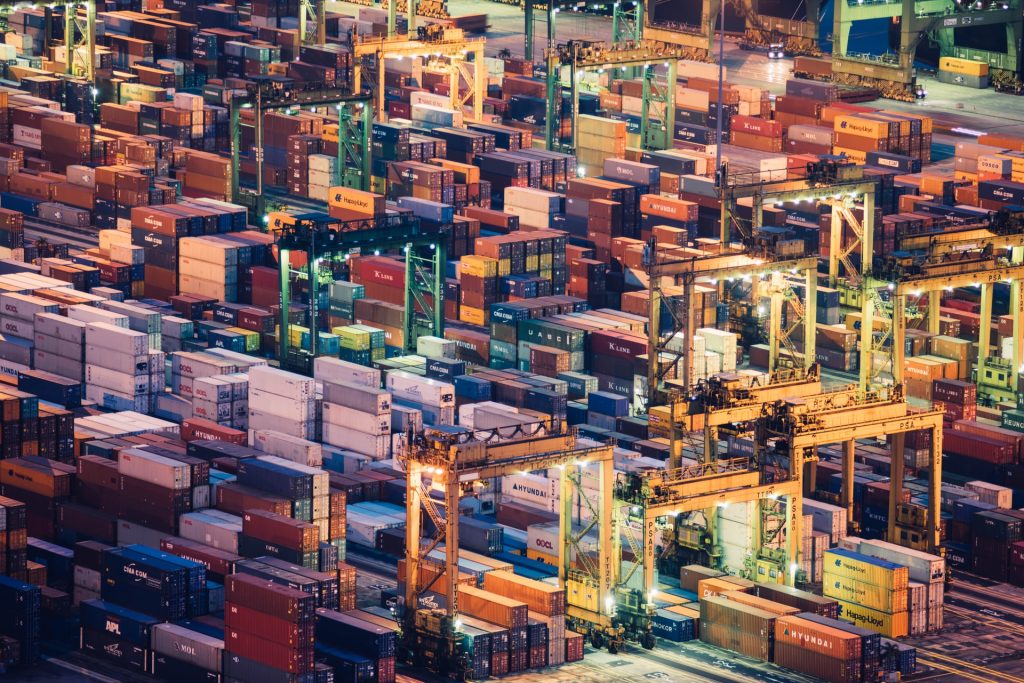
Shipping is a highly polluting part of the transport industry, responsible for around 940 million tonnes of CO2 annually
“We’ve marinised the Toyota MIRAI fuel cell units, integrated with lithium ion batteries and motor, as a powertrain system and developed our own power management software,” says YPT’s Takyuka Hiraiwa.
“With motor power output of more than 250kW and eight high-pressure hydrogen tanks, the system offers powerful and long cruising time.”
Yanmar says it’s hoping to gain type approval from classification societies so that the system can be installed in a variety of ships, with a launch to market planned for next year.
There’s huge pressure to decarbonise the shipping industry – it accounts for around a quarter of all emissions from the global transportation sector, according to the Center for Strategic and International Studies (CSIS).
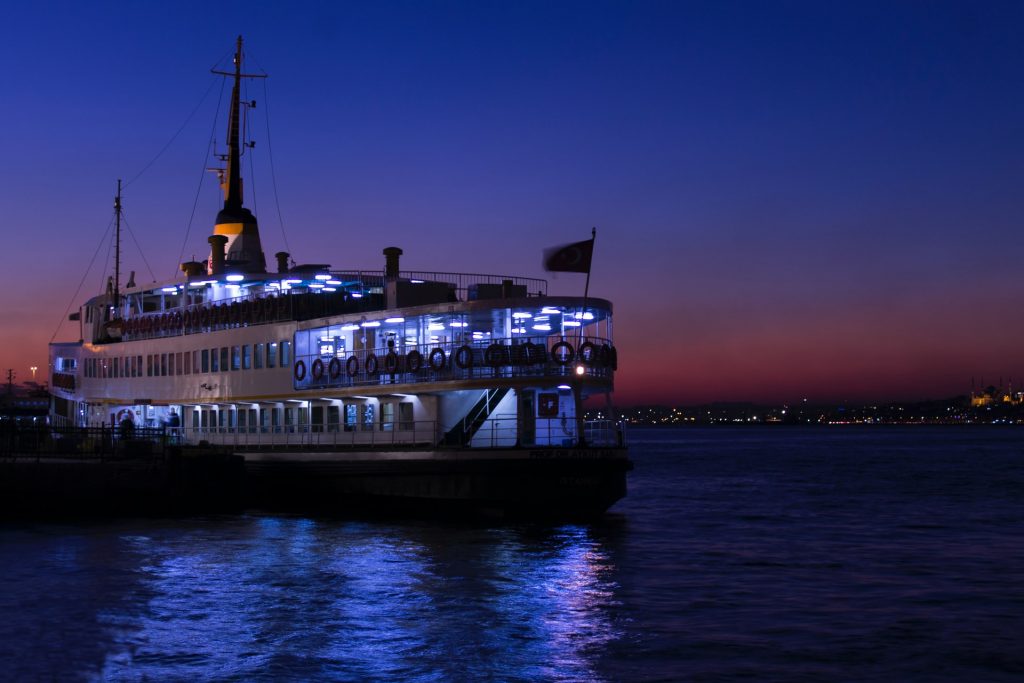
While hydrogen-powered ferries and smaller shipping vessels have been piloted around the world and shown viable, the technology has yet to make its way to large shipping vessels such as oil tankers and container ships.
And the International Maritime Organization (IMO), the United Nations’ regulatory body for shipping, has called for a 50 percent reduction in greenhouse gas emissions by 2050, compared to 2008 levels, in order to align with the objectives of the Paris Climate Agreement.
So far, though, while hydrogen-powered ferries and smaller shipping vessels have been piloted around the world and shown viable, the technology has yet to make its way to large shipping vessels such as oil tankers and container ships. And these, according to an analysis by Royal Dutch Shell, account for 85 per cent of the sector’s emissions.
One reason for the slow takeup is hydrogen’s low energy density compared with fuel oil, meaning larger tanks are required. Yanmar’s new high-pressure refuelling system means more hydrogen can be squeezed in to each tank, potentially broadening the range of ships for which it could be cost-effective.
To learn more about Ryze Hydrogen click here.
